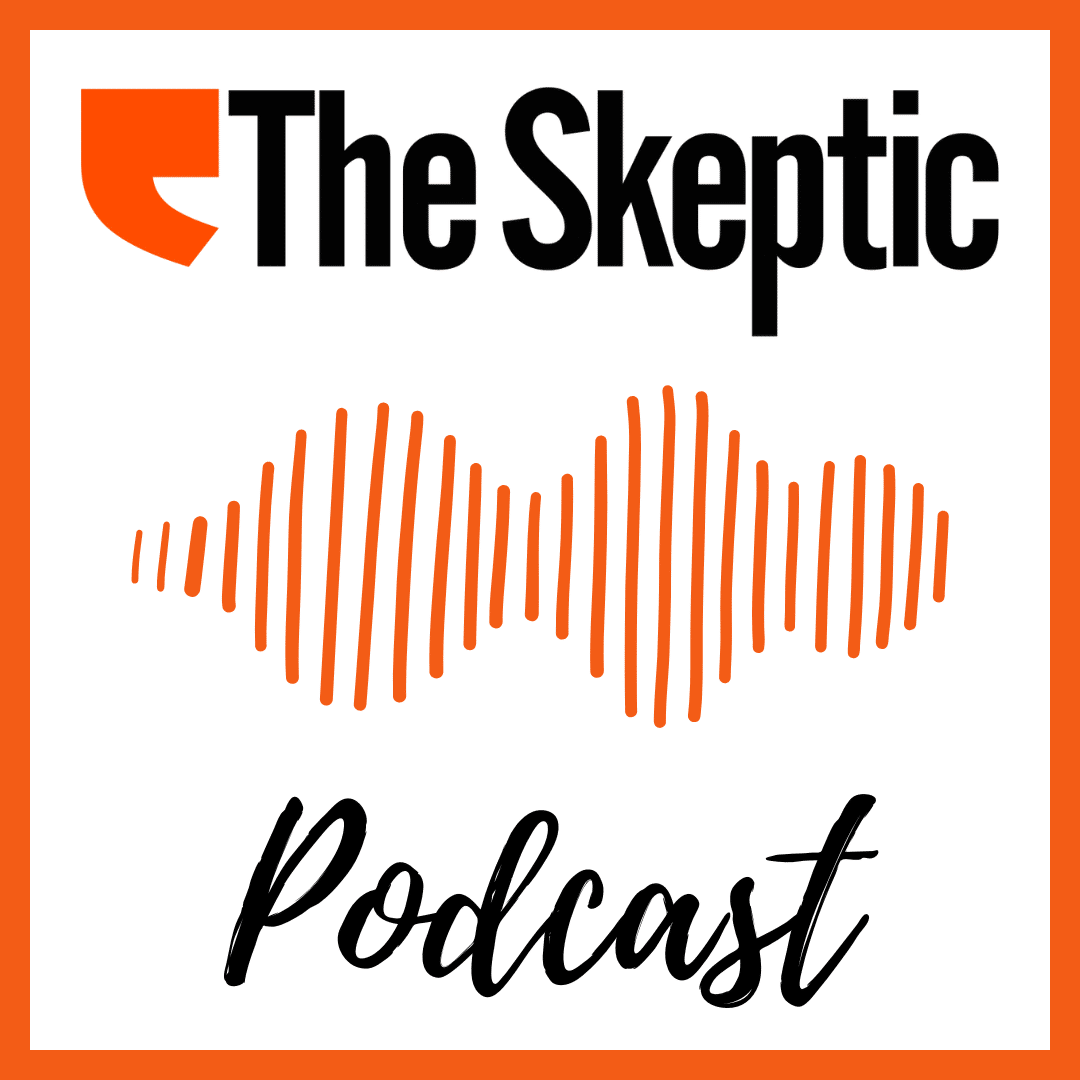This article originally appeared in The Skeptic, Volume 22, Issue 2, from 2012.
I agree with much of what Ray Hyman has to say about the demise of parapsychology. When the field was founded around the turn of the last century it was over-brimming with optimism, with proponents of the paranormal hoping that science would rapidly yield overwhelming evidence to support the existence of psychic ability and survival of bodily death, and the world would quickly embrace a more spiritually-oriented conception of mankind. History has proved them wrong. After over a century of work, mainstream science remains sceptical of psi and parapsychology has been consigned to the fringes of academia.
Of course, this is not to suggest that many parapsychologists themselves have come to disbelieve in psychic powers. In fact, many argue that the evidence for psychic abilities is either convincing, or at least strong enough to justify further work. The main problem is that the databases they draw upon are constructed retrospectively, and the alleged affects have a curious habit of not replicating in prospective studies.
Faced with a lack of replicability, parapsychologists often turn to another alleged psi-conducive procedure, again piece together evidence to support this technique, and again find that it fails to produce replicable effects. This is not a recent phenomenon, with commentators remarking on this pattern throughout the history of the field. For example, writing over thirty years ago, parapsychologist Joseph Gaither Pratt (1978) noted:
One could almost pick a date at random since 1882 and find in the literature that someone somewhere had recently obtained results described in terms implying that others should be able to confirm the findings…One after another, however, the specific ways of working used in these initially successful psi projects have fallen out of favor and faded from the research scene – except for the latest investigations which, one may reasonably suppose, have not yet had enough time to falter and fade away as others before them have done.
This constant ‘ship jumping’ is one of the defining features of psi research, with new paradigms emerging every decade or so. Take, for example, the different trends in ESP research that have emerged over the years.
Initial work, conducted between the early 1930s and late 1950s primarily involved card guessing experiments, in which people were asked to guess the identity of specially printed playing cards carrying one of five simple symbols. By the mid-1960s parapsychologists had realised that such studies were problematic to replicate and so turned their attention to the possibility of participants predicting the outcome of targets selected by machines, and dream telepathy.
In the mid-1970s and early 1980s the ganzfeld experiments and remote viewing took over as dominant paradigms. In 1987, a major review of the area by parapsychologists K. Ramakrishna Rao and John Palmer argued that two sets of ESP studies provided the best evidence for the replicability of psi: the ganzfeld experiments and the differential ESP effect (wherein participants apparently score above chance in one condition of an experiment and below chance in another).
More recently parapsychologists have shifted their attention to alleged presentiment effects, wherein participants appear to be responding to stimuli before they are presented. Finally, there are now signs that the next new procedure is likely to adopt a neuropsychological perspective, focusing on EEG measurements or functional MRI scans as people complete psi tasks.
As Ray Hyman notes, this pattern of false dawns has driven some researchers to argue that psi is inherently impossible to replicate, essentially marking the end of the field as a scientific endeavour. But before researchers rush through the exit door, I think it is worth giving psi one last chance by staging one final attempt to create a database that provides the best-shot of deciding the existence of psi.
To achieve this, I believe that the researchers involved need to learn from the mistakes of the past and stick to three basic rules: First, they should stop trying lots of new procedures and instead identify one or two that have already yielded the most promising results. Second, they should arrange for several labs to carry out strict replications that are both methodologically sound and incorporate the most psi-conducive conditions possible. Third, the problems associated with retrospective meta-analysis should be avoided by pre-registering the key details involved in each of the studies.
If this approach yields a significant and replicable effect then the scientific mainstream would be forced to take the topic seriously and allow parapsychology in from the cold. If it fails the field needs to have the courage to accept the null hypothesis. In short, the time has come to put up or shut up.
References
- Pratt, J.G. (1978). Prologue to a debate: Some assumptions relevant to research in parapsychology. The Journal of the American Society for Psychical Research, 72, 127-139.
- Article by Caroline Watt: “Putting things in perspective“.
- Hyman, R., & Honorton, C. (1986). A joint communiqué: The psi ganzfeld controversy. Journal of Parapsychology, 50, 351-364.
- Lucadou, W. von, Römer, H., & Walach, H. (2007). Synchronistic phenomena as entanglement correlations in Generalized Quantum Theory. Journal of Consciousness Studies, 14, 50-74.
- Lucadou, W. von & Zahradnik, F. (2004). Predictions of the Model of Pragmatic Information about RSPK. Proceedings of the 47th Annual Convention of the Parapsychological Association, pp. 99-112. Vienna, August 5-8.
- Schlitz, M., Wiseman, R., Watt, C., & Radin, D. (2006). Of two minds: Skeptic-proponent collaboration within parapsychology. British Journal of Psychology, 97, 313-322.
- Watt, C. (2005). Presidential Address: Parapsychology’s contribution to psychology: A view from the front line. Journal of Parapsychology, 69, 215-232.
- Watt, C., Watson, S., & Wilson, L. (2007). Cognitive and psychological mediators of anxiety: Evidence from a study of paranormal belief and perceived childhood control. Personality and Individual Differences, 42, 335-343.



